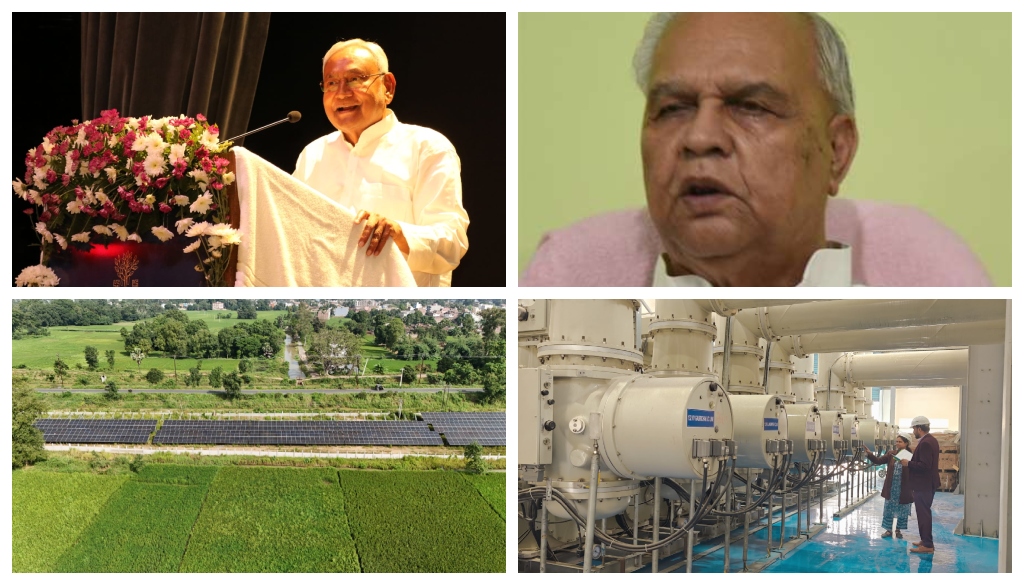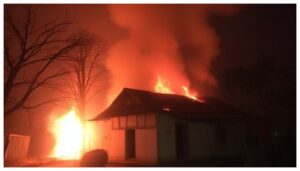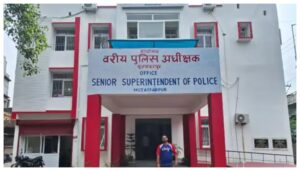
Patna: Over the past 20 years, Bihar has quietly undergone a power revolution. What was once a state plagued by routine blackouts and scant electricity coverage is today inching toward near-universal access to power—both in urban sprawls and remote villages. As of June 2025, electricity demand has skyrocketed to 8,428 megawatts—an astonishing twelvefold increase from 700 MW in 2005.
This transformation has not only illuminated homes but also changed lives.
Electrifying Progress: From 75 to 363 Kilowatts
According to data from the Energy Department, Bihar’s per capita energy consumption has surged nearly fivefold—from just 75 kilowatts in 2005 to 363 kilowatts in 2025. This trajectory reflects not only expanding access but also a growing appetite for powered appliances, improved living standards and the digitisation of services.
The rise in consumption has been mirrored by a massive expansion in the consumer base. In 2005, only 17 lakh households in the state had an electricity connection. That number today stands at a staggering 2.14 crore—more than 12 times higher. By 2012, the figure had climbed to 38 lakh, and two years later, to 43 lakh.
From Saubhagya to Sustainability
A key catalyst behind this turnaround was the Chief Minister Vidyut Sambandh Nishchay Yojana, later renamed Saubhagya, under which every household in Bihar was provided an electricity connection. Notably, this target was met five months ahead of schedule in October 2018, giving momentum to the government’s rural electrification drive.
With demand continuing to soar, the state is now pivoting towards integrating traditional and renewable energy sources more strategically to maintain sustainability while meeting consumption needs.
Power at the Push of a Switch—Even in Villages
Perhaps the most visible change is the quality and reliability of electricity supply. In 2005, urban Bihar residents received 10 to 12 hours of electricity daily; rural households managed just 5 to 6 hours. Fast forward to 2025, and that has increased to an average of 23–24 hours in towns and cities, and 22–23 hours in villages.
These figures mark a substantial rise from 2012, when urban availability ranged between 14 to 16 hours and rural access stood at 8 to 10 hours. By 2014, these numbers had improved to 20–21 hours for cities and 14–16 hours for rural areas.
The scale of rural electrification has been equally dramatic. From 14,020 electrified villages in 2005, Bihar now boasts 1,06,249 electrified villages—a more than sevenfold increase.
Powering the Future
This surge in consumption and access is not without its challenges. The state must now balance rising demand with sustainable generation. The focus, officials say, is on leveraging traditional sources alongside growing investments in solar and other renewables to ensure that Bihar’s electrification success story does not come at an environmental cost.
From homes to hospitals, and classrooms to cold storage, power is no longer a luxury in Bihar—it’s a lifeline. And if the last two decades are any indication, the next ones may see the state go from power-hungry to power-secure, with energy lighting the way for inclusive development.





